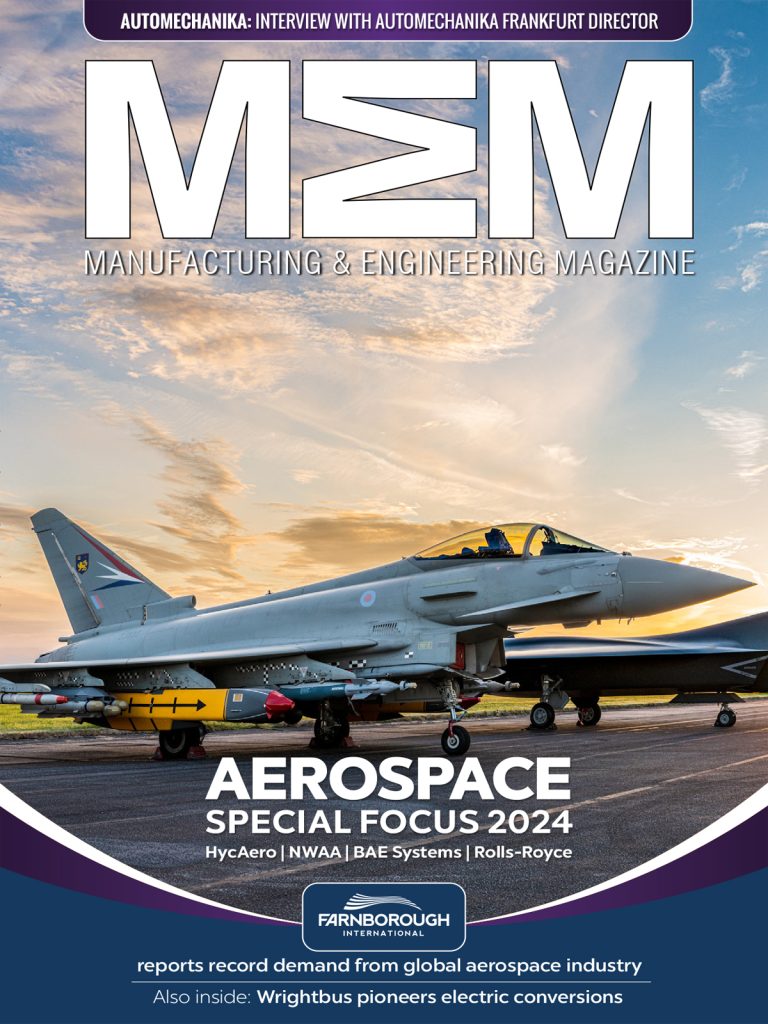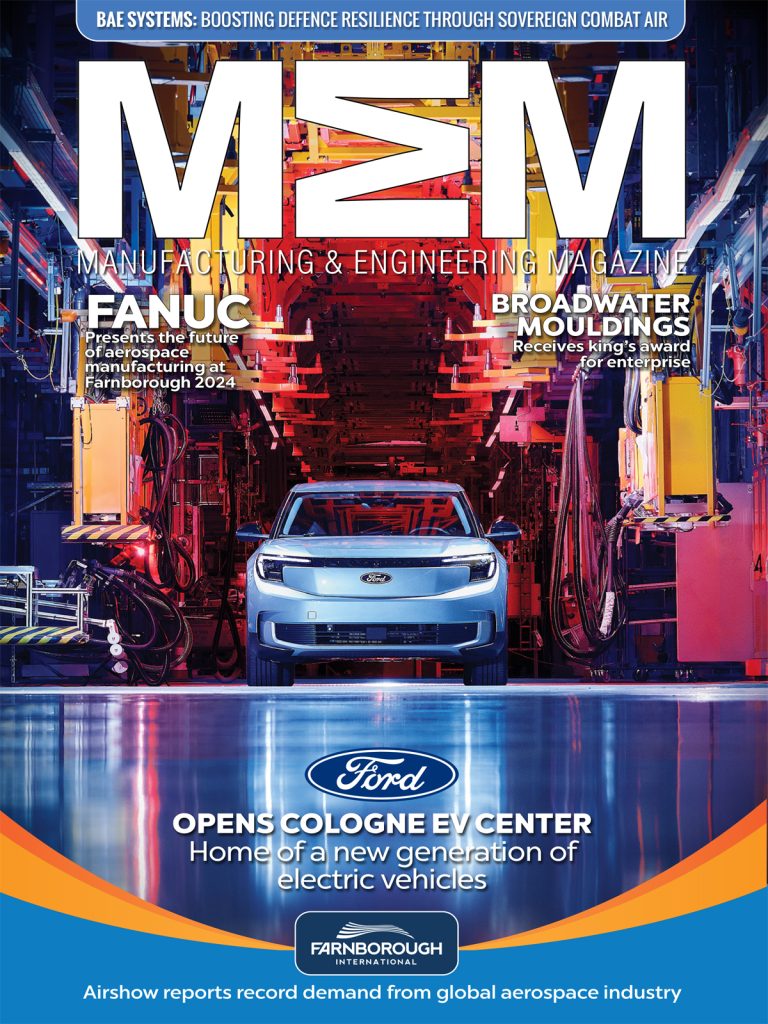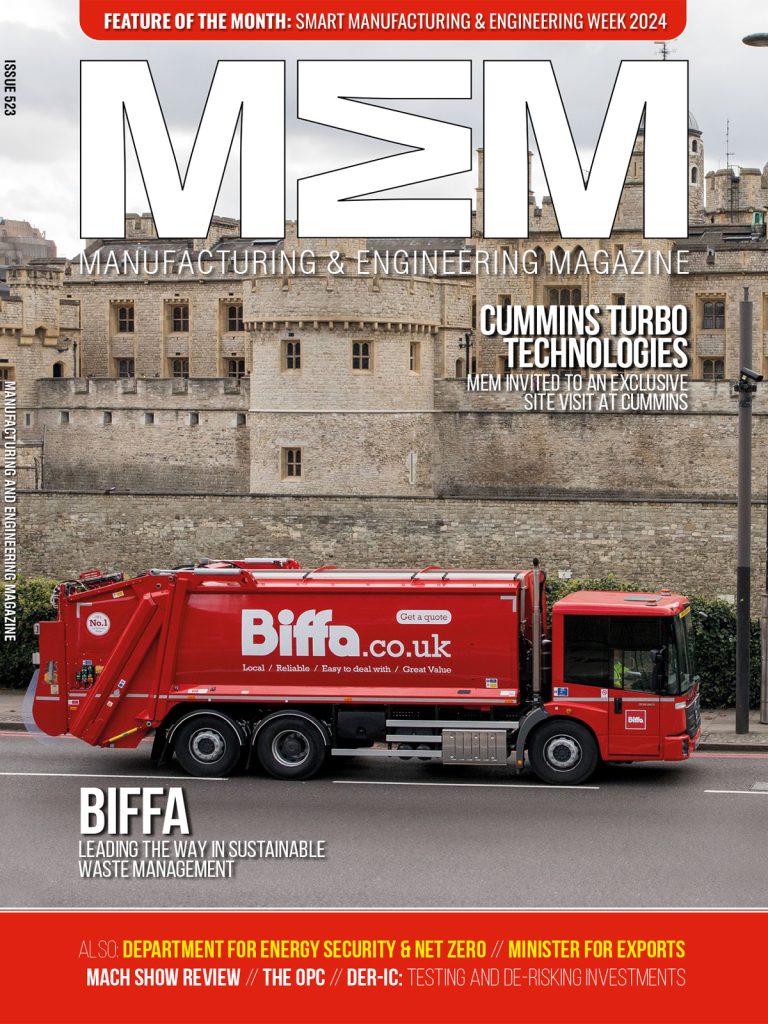There have been plenty of dark clouds looming over the UKâs economic prospects in recent times. But one silver lining has been, on the back of the pound losing value post-Brexit, signs of encouraging growth in the export market.
Q1 exports were up by just under a quarter year-on-year. That trend was carried on into May, which saw an 11 per cent growth in exports compared to April, and a year-on-year rise of exactly 25 per cent. Manufactured goods are performing well, with mechanical appliances the top export commodity in May, up 25.7 per cent year-on-year, followed by motor vehicles, up 9.2 per cent.
We all know export figures can be up and down like a yo-yo. But these are the kind of trends we need to be seeing long term. At some point, we need to tackle the balance of payment deficit between imports and exports.
Post-EU opportunities
The elephant in the room here, of course, is Brexit. The EU is by far an away our biggest trading partner. Not only are we a net importer from the EU, the deficit between imports and exports to the continent has risen steadily since the global financial crash almost a decade ago. With growth sluggish at best throughout this period, the dominance of EU imports has become a drag on the domestic economy.
Things will change when we leave the EU. Trade with our European neighbours will not disappear overnight, but the terms and conditions will be different. There is a lot of pessimism about the lack of certainty over what exactly the nature of our relationship with Europe will look like. But there are strong reasons for optimism, too.
If we are looking to capitalise on export growth, for example, trade with the world beyond the EU would be the logical place to look. The UKâs non-EU export trade is not only worth more to the economy than EU exports, but it is growing faster, too – almost 6 per cent a year, compared with less than two per cent for EU exports. Non-EU exports in May were up 30 per cent year-on-year.
UK exports to the US alone, our biggest export market, were worth £4.5 billion in May, up 19 per cent from the previous year. In China, too, UK exports are blossoming, up more than a third year-on-year. While hammering out the details of trade deals with Germany, France, Italy and the rest of Europe may take years, we have strong, growing, well-established markets already there beyond the EUâs borders.
Freight infrastructure
The challenge we face if we are to make the most of these opportunities is infrastructure. There is a lot of talk about the merits of âreshoringâ, bringing production back home and building a strong industrial base for the economy going forward. What you also need is the means to get those goods back out to market, the sea and air freight infrastructure to transport goods across the world.
UK investment in cargo infrastructure has fallen behind some of our European neighbours. A scan of recent news stories reveals how much money is going into German transport hubs in particular. Chinese investment in airports like Hannover and Hahn is establishing strong air freight links with the Asian mega-economy, while a deal to expand Hamburgâs container port has also gone to China.
These are exactly the kind of physical trade links the UK needs to be cultivating. As part of the EU club, we have been able to share freight infrastructure across Europe. In less than two years, those destinations will be our rivals.
How we expand our airport capacity to handle increased air freight as well as passenger demand, how we improve our ports so they can compete with the likes of Hamburg and Rotterdam, will be critical to how the UK carves out a new niche for itself in global trade.
Alliance Shipping Group is a leading provider of blue chip sea and air freight services worldwide. For more information, please visit www.allianceshippinggroup.co.uk.














